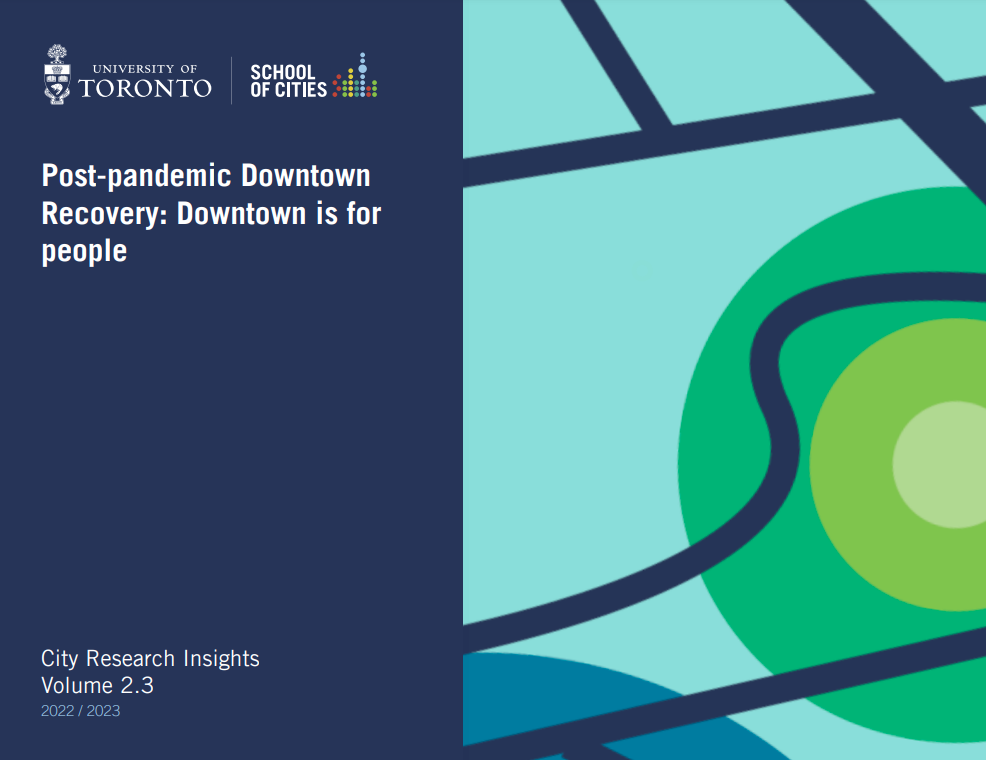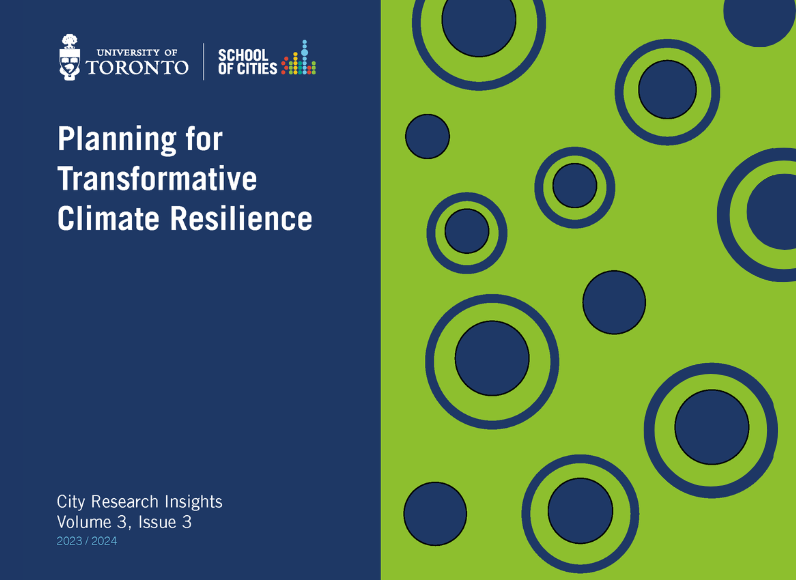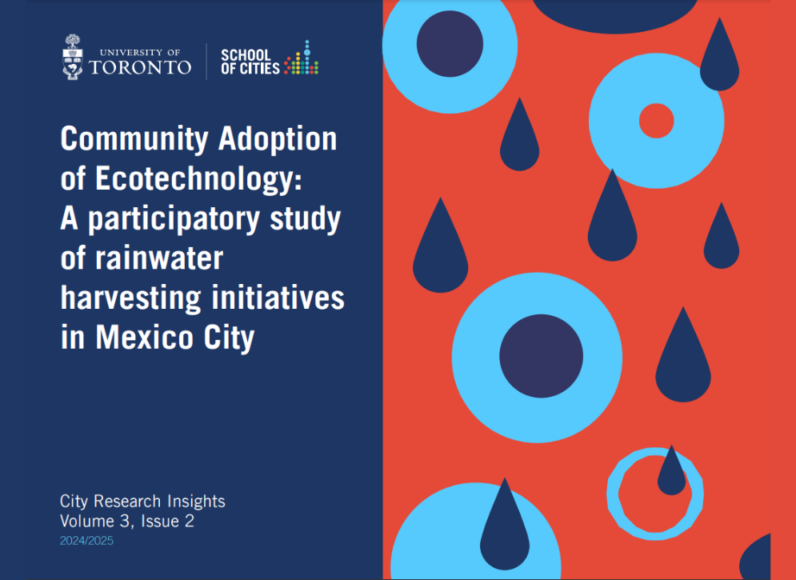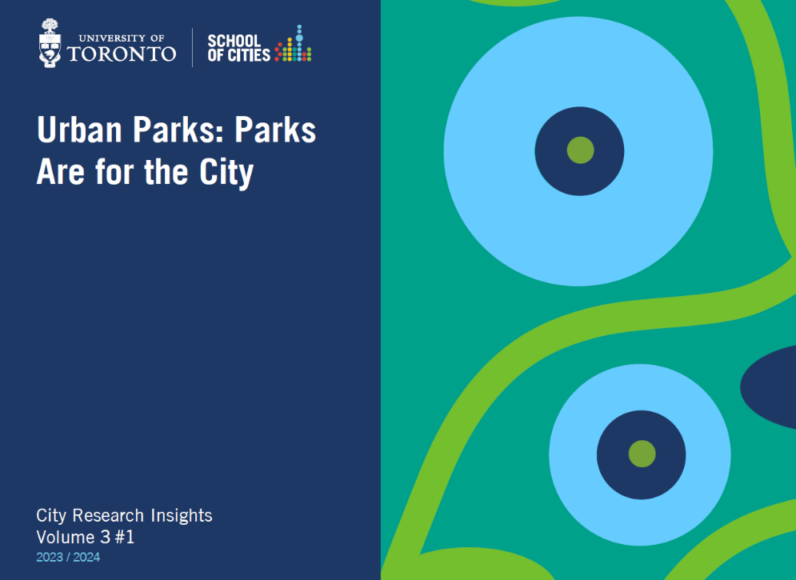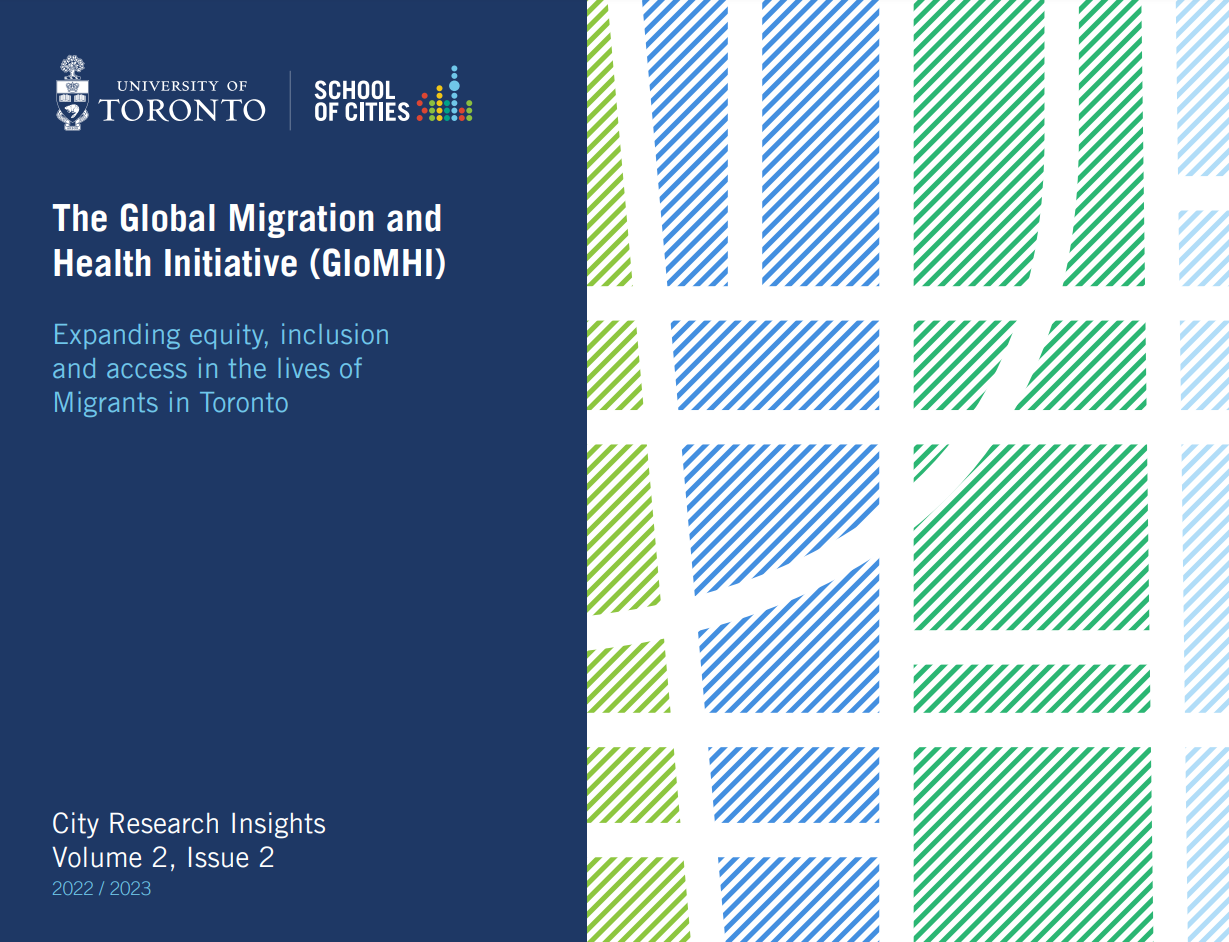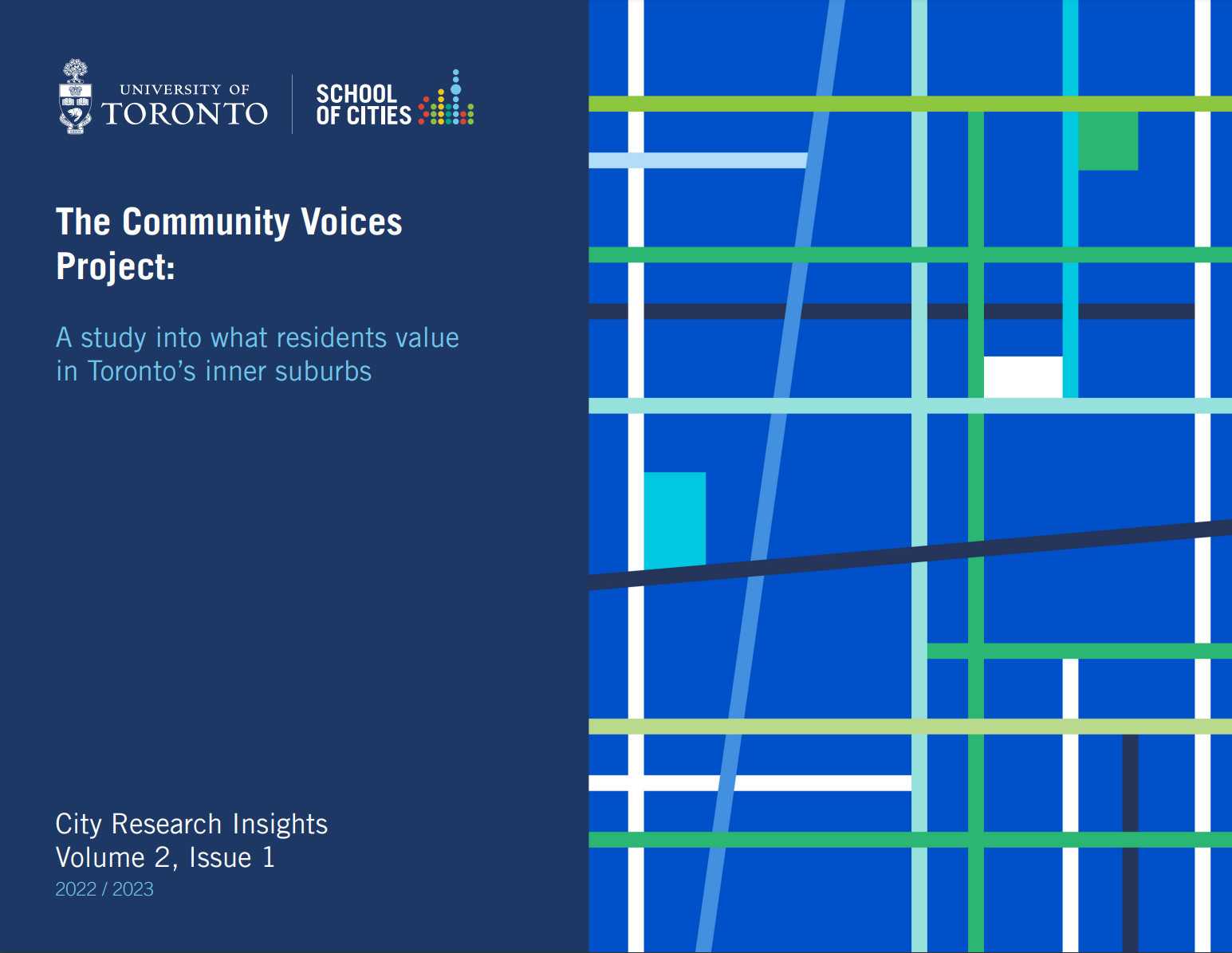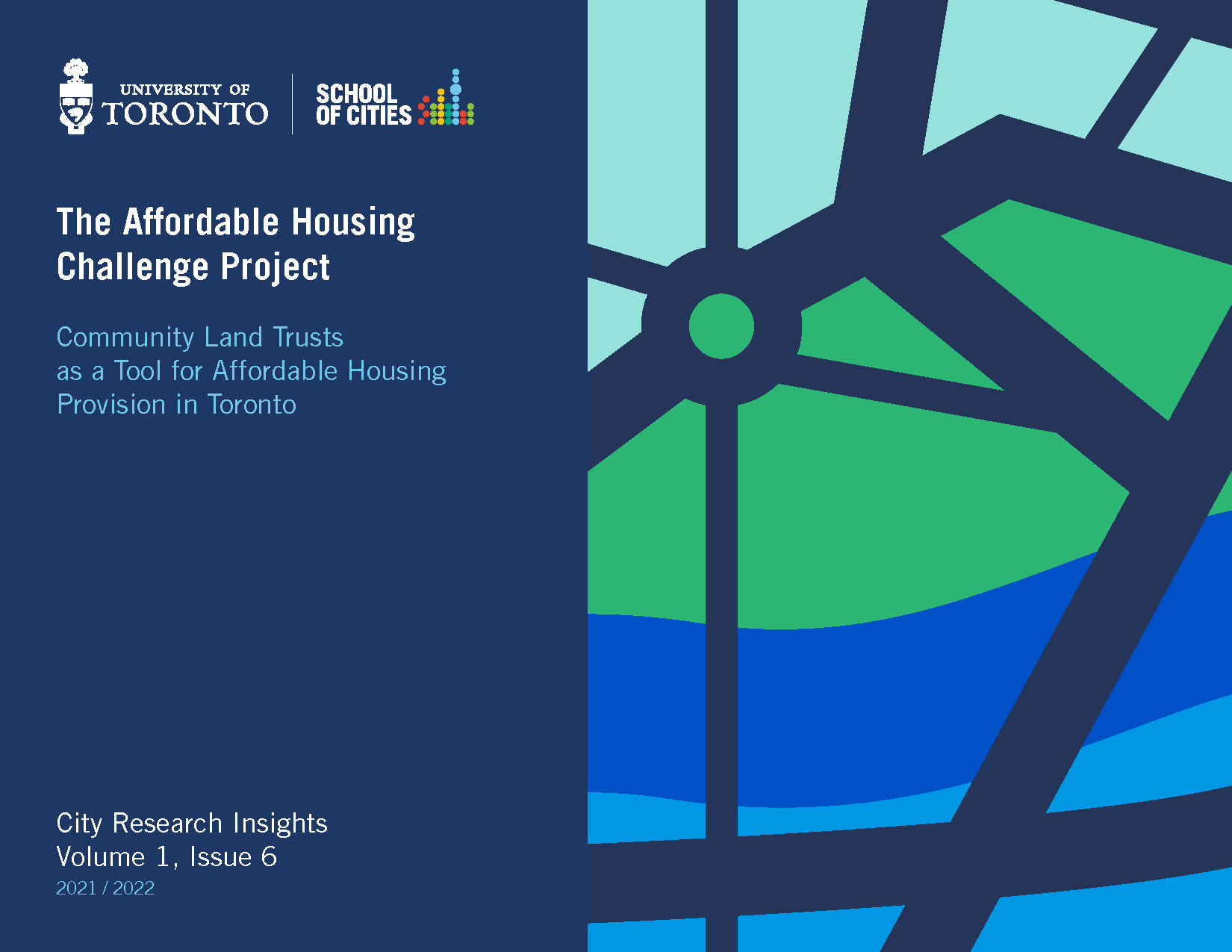Meet the experts behind this issue: Karen Chapple, Richard Florida and Nathaniel Baum-Snow
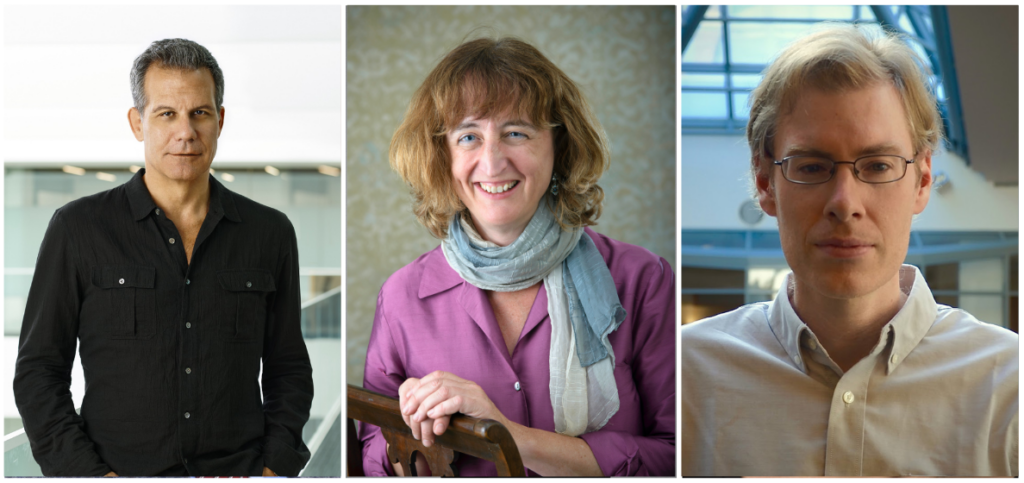
- Tell us about your work on post-pandemic downtown recovery
Karen Chapple: Our research began in the middle of the pandemic, when we became interested in tracking out-migration of workers from the downtown core. At that time, we were particularly interested in looking at big cities like New York City, which was our first study and how people were going out to rural towns or ex-urban areas to work remotely.
Richard Florida: Prior to starting this work in late February or early March of 2020, in all the years I’d been working as an urbanist I had never once heard the words pandemic or infectious disease talked about in the context of cities. I immediately wanted to do something that was both academic and policy-relevant, and I knew that the panoply of people involved in urban affairs at a policy-making level – mayors, city managers, economic developers, downtown officials – that they would be searching for knowledge. The demand coming from the real world at that time was huge. So Steven Pedigo, my long-time collaborator and I, undertook to draft a series of briefs for mayors, city managers, and economic developers that were about what to do in the moment, and also how to move beyond public health and think about economic development and economic resiliency. I’ve been involved in that partly as an academic and also as a synthesizer of academic work since then.
Nathaniel Baum-Snow: I haven’t worked specifically on trying to understand downtown recovery post-COVID. But I do have some work that relates to the reasons that downtowns exist and have thrived in the past. My work on the nature of spillovers that operate between firms is definitely in that area. As you can imagine, downtowns are the areas where this sort of process is most concentrated, where we see the most productive and high revenue firms. Everybody wants to be close to the most productive firm, because they get the biggest positive spillovers from them and that leads to this agglomeration of very dense business activity in downtown areas. So there are implications of that work as we move towards a new regime of more remote work.
- What contribution does your work make to understanding and resolving the ongoing debate over the ‘death of downtown’?
Nathaniel Baum-Snow: There are a few implications from my work that I think are important to consider. One is that management in high-skill sectors has been pushing workers to return to the office, potentially in recognition of the real benefits from interactions between workers in the workplace and also with nearby businesses. On the other hand, workers have been quite resistant to returning to work in-person. People value the saved commute time and I think there’s also been wide recognition that people’s welfare is better off. Now we’re seeing management and employees meeting each other halfway with workers coming into the office 2 or 3 days a week. I think the hope is that you’re able to get those benefits of density into those 2 or 3 days, and I think we still don’t know whether that’s true or not. As offices use less space, I would expect going forward that we’ll see more movement towards an integrated downtown that has a mix of residences and offices.
Richard Florida: As I began to work through the research literature on the history of pandemics, what I learned very quickly is that they don’t really alter the state of urbanism. They shock cities, but cities rebound quite effectively. Early in the pandemic I was already saying that people were talking too much about the end of cities, and that the pandemic wasn’t the end but would accelerate changes already underway. Downtowns where people commute in big numbers from the suburbs, they were the last gasp of the industrial era. Without that, we would create better, more vibrant neighbourhoods. Downtowns are not just places to work anymore, they’re areas of human connectivity. It’s not the end of downtown, but its rebirth and renewal.
Karen Chapple: Well, we do a couple things differently from other researchers. There has been quite a bit of research using, for instance, transit ridership data, sales tax revenue from downtown businesses, or car traffic to track activity. But there hasn’t been work using cell phone trajectory data or location-based services data. There also hasn’t been much comparative work across many different downtowns across both the United States and Canada. And we haven’t seen many people looking at the full pandemic time spectrum – before, during and even what you might call the post-pandemic period like we do. So that’s how our work is a little different.
- Let’s talk about policy. What are one or two policy changes that you think should be made to support downtown recovery?
Richard Florida: I work with many city governments and I’m very much involved in all of this on a policy level. The first thing is that you have to accept that downtown is not coming back the way it was. That’s a hard pill for people to swallow. Downtowns are potentially going to suffer a little bit, and in terms of who will suffer – it’s probably going to be the owners of commercial real estate, and the service workers. So we need to make sure that hospitality and service workers in downtowns have a transition strategy. We also need to encourage the spread of employment into more peripheral neighbourhoods to create more connective working situations. We also need to rethink what downtown can become, to make it a place where people can live, work, play and connect. This isn’t a new idea – Jane Jacobs published an essay in 1957 called Downtown is for People – and we have to get that into our minds, that downtown is for people, not for companies and office jobs.
Karen Chapple: What we found in our regression models was that the most important factors for resilience remain the composition of your economy and specifically how specialized you are in professional services or information. Because for cities that are overly specialized in either of those sectors, they didn’t do too well in the recovery. Conversely, if cities specialized in education or public administration, or healthcare sectors, though they shut down early in the pandemic they came back quickly. Where there are essential workers that have to be onsite, you have a lot of activity. If your downtown had these sectors, then you did really well.
Nathaniel Baum-Snow: I think on the policy side that it’s important that downtowns are given the flexibility to reinvent themselves. I think that one of the policy failures from the past has been top-down planning saying that downtowns are the district for offices only, and for a while it was very hard to build residential in downtowns because of the land use planning regime. In the 80s and into the 90s you did start to see a bunch of residential construction in downtown areas. It’s important to let the market speak on what types of use are garnering demand and letting those uses be allowed – maybe even encouraged. That will help the transition to whatever the future holds, because it will not be exactly the same as in the past. Municipal leaders need to think about how to enable that kind of flexibility.
- What has your relationship with the School of Cities been like? How has SofC supported or facilitated this work?
Nathaniel Baum-Snow: The School of Cities is a great forum for idea exchanges between people in different disciplines. I think that’s its real strength, as well as connecting academics to the real world of policy and stakeholders who are affected by policy. The School of Cities is a place that can help me translate some of what I’ve done in my research to stakeholders out there in the real world that are hopefully going to learn something useful. SofC is doing great work fostering interdisciplinary research, and it’s been a main way that I’ve interacted with people in other fields. Having an organization that facilitates that sort of interaction is really valuable, and it ultimately improves the quality of my research. We want to be right about things, and that means bringing in perspectives from people in other fields, and also perspectives of policymakers and people on the ground who actually are affected by these policies.
Richard Florida: I was a part of the original team working to build the School of Cities. For me, the School of Cities is my intellectual home, and I think it’s home for many urbanists who don’t quite fit elsewhere on campus. We may be part of a discipline. We may be an urban planner. We may be an architect or maybe an economist. Many people are in their little corner whether it’s political science, geography, sociology, public health. School of Cities is a home for people who love cities. I also hope it’s a catalyst for the other great universities to build something like it.
Karen Chapple: So originally, this research was a project out of my University of California Berkeley research lab, which is called The Urban Displacement Project. We decided recently to move the project to the School of Cities with the help of new data sources, as well as staff and students, of the University of Toronto.



